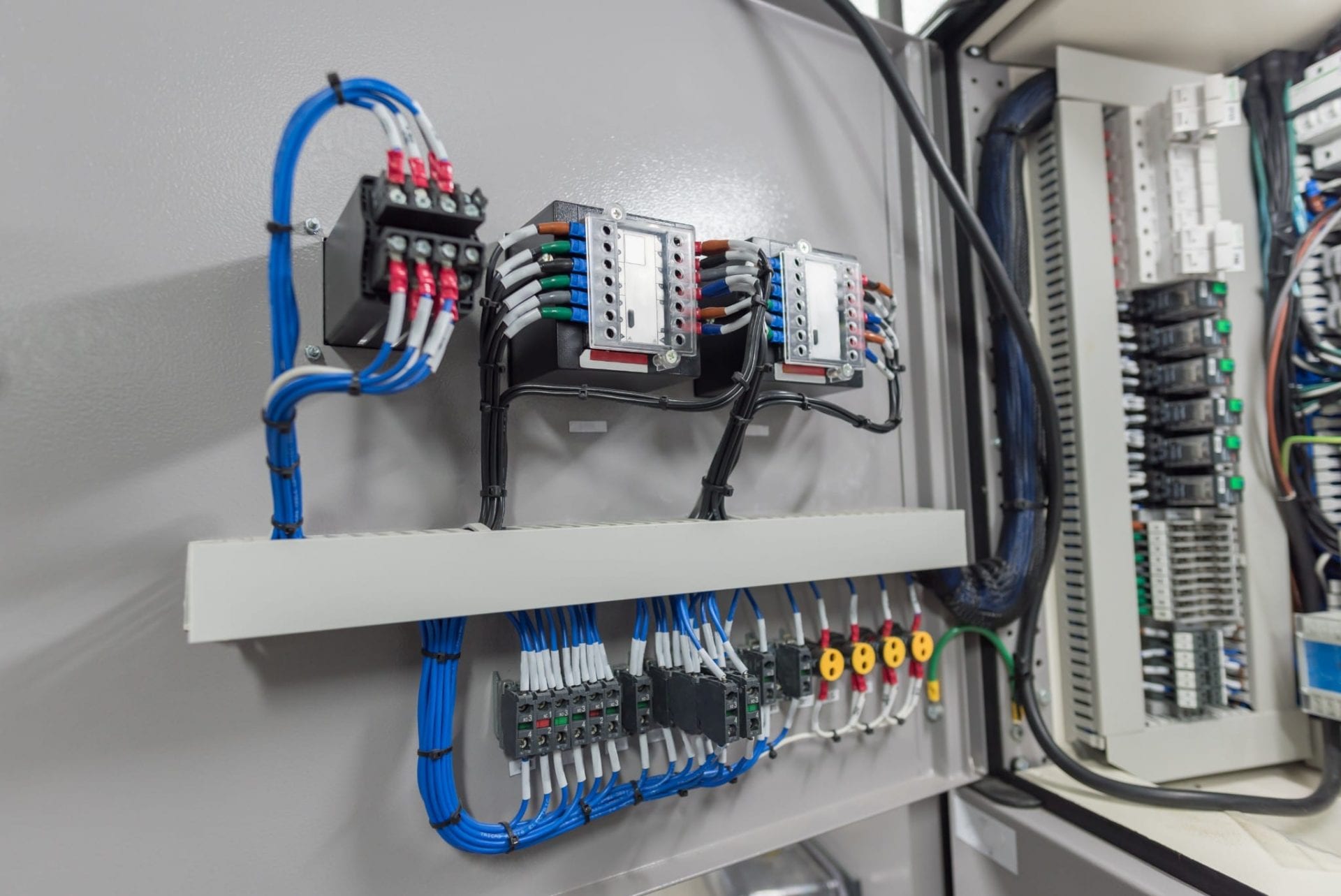Electrical Wiring 101: An Amateur's Guide to Understanding the Essentials

Electrical wiring is a crucial element of every home and understanding it is essential for every homeowner. It is not just important to ensure the smooth running of your house, but it is also essential for your security. In this post, we’ll discuss the basics of electrical wiring and the importance of safety as well as the benefits having an accredited residential electrician for all your electrical wiring needs.
Understanding the fundamentals of electrical wiring
The electrical wiring refers to the system of electrical conductors which run throughout your home, providing electrical power to your appliances, devices, and lighting fixtures. It is formed by electrical circuits that connect the power source to your devices. Circuits for electrical power are comprised of switches, wires, along with other electronic components, which work together to create a safe and reliable electrical system. There are different types of electrical wiring. These include aluminum, copper, and types of wire insulation like PVC paper, rubber, or.
Planning and Preparation for Electrical Wiring
Before you install new electrical wiring, there are many factors to consider, including the kind of wiring that you require, the power capacity of your electrical system and your power needs. It is also important to be aware of electrical rules and regulations for wiring as well as the permits required in your area. To prepare your electrical wiring system, design an electrical plan and evaluate your electrical needs. This will make sure that the electrical wiring is safe, efficient, and meets your power needs.
Materials and Tools Needed for Electrical Wiring
When installing new electrical wiring it is important to have the proper equipment and materials on hand. The most important tools are strippers, wire cutters, pliers, as well as an electrical voltage tester. Other components required for electrical wiring are electrical tape, wire nuts conduit, along with electrical boxes. It’s also beneficial to be equipped with a wiring diagram to help you with the installation process.
Step-by-Step Instructions for Electric Wiring Installation
Installing electrical wiring can be an intimidating process However, with the proper tools and knowledge, it can be done in a safe and efficient manner. Here’s a step-by step guide to installing electrical wiring inside your home:
Turn off the power to the area where you will be working.
Create a wiring plan and mark where the wire will be placed.
Install conduit and electrical boxes where necessary.
Cut and strip wires to the appropriate length.
Wires should be connected to fixtures or devices you are wiring.
Make sure the wires are secured with the wire nuts or electrical tape or conduit straps.
Test the wiring to ensure that it’s functioning correctly.
When installing the wiring, it is important to adhere to wiring installation best methods and suggestions. Be aware of the common mistakes that you should avoid while installing wiring for example, wiring circuits that are too large, using wires that are damaged, and using the incorrect kind of wire for the job.
Troubleshooting Electrical Wiring Problems
Even with careful design and installation, electrical wiring issues could develop. The most frequent issues are circuit overloads, wiring damage, and electrical shorts. To solve these issues it is crucial to know about typical electrical wiring issues and be aware of how to efficiently and safely address them. In addition, it is essential to follow electrical safety procedures in the event of a problem with electrical wiring including shutting off the power source and wearing safety gear.
Conclusion
In conclusion, understanding the electrical wiring inside your home is vital to your safety and for the proper functioning of your electrical system. It is important to hire an accredited electrician to make sure your wiring is installed and maintained properly. At Local Electrician Croydon, we provide an array of electrical services, which include electrical wiring installation and repair. Call Local Electrician Croydon at 1300 933 820 for all of your electrical wiring needs.
Electrical Wiring FAQ
Here are some frequently asked questions related to electrical wiring, as well as additional safety tips and best practices for electrical wiring repair and installation:
What kind of wire do I need to use for my electrical wiring?
The kind of wire that you will need for your electrical wiring will depend on the specific requirements of your home and the local building codes. It is essential to choose the appropriate gauge of wire, insulation type, and wire material to ensure the safety and efficiency of your electrical system.
Can I install myself my own wiring for electrical use?
Although it is possible to build the wiring yourself, it’s important to have the right knowledge and experience to install it in a safe and efficient manner. In the majority of instances it is recommended that you engage a licensed electrician to ensure your wiring is set up and maintained properly.
How often should I be having my electrical wiring checked?
It is recommended that you examine your electrical wiring every 10 years or when you notice signs of electrical problems for example, frequent trips to the circuit breaker or electric shocks.
What should I do if find electrical wiring issues within my home?
If you observe any electrical wiring issues within your home, such as flickering lighting or outlets that do not function, it’s important to address them immediately. Switch off the power source to the affected area and call an authorized electrician to assess and repair the problem.
By following these suggestions and best practices, you can ensure you have electrical connections that are secure and functioning correctly. Remember to prioritize safety and consult with a licensed electrician in the event of a need. Reach out to Local Electrician Croydon at 1300 933 820 to discuss all of your electrical wiring needs.
